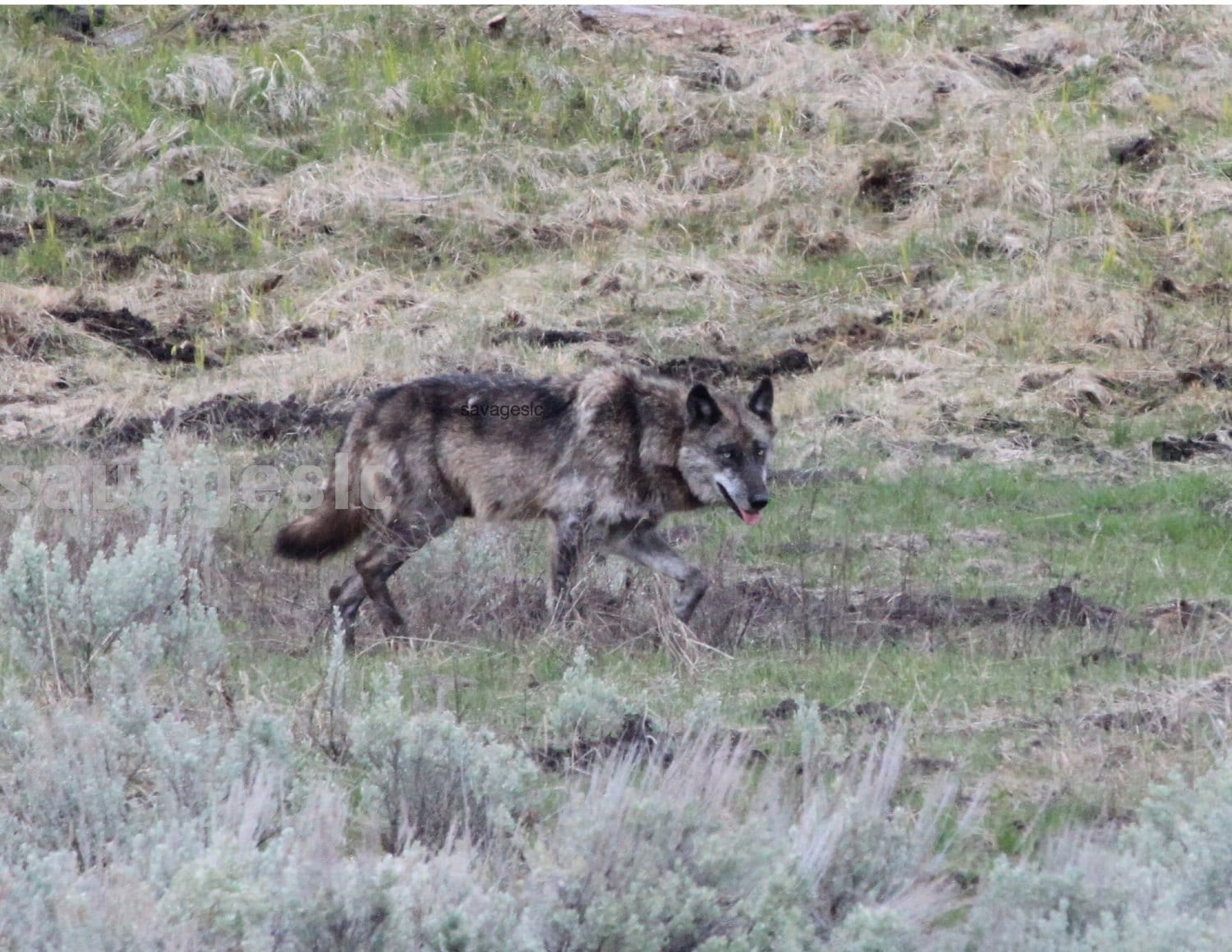Now, I think it's kind of funny when my useless housecat decides that he wants to be a big bad hunter. He's dreadful. He's a real mamma's boy. He's a cuddler, a lover not a fighter. But when he sees birds through the window, it brings out the animal within. He gets all low to the ground, and his pupils get all big, and he backs up, and, like, wiggles his little kitten butt before charging. And that's the way he hunts. And I used to think that it was a terrible method of hunting. How are you ever going to catch anything, particularly anything as fast moving as a bird, by doing the ol' back up butt wiggle?
But it works. I mean, not in the case of our kitten, but cats obviously catch birds, even though I think they're obvious. They're sneaky, those kittens, don't you know. They sneak around, and like to catch stuff. And they manage to do it. But how do they manage to do it? How do they piece things together so that they can catch birds who presumably could see them the whole time? And that's the secret that lurks at the heart of this illustration of sheep and wolves.
This is how you picture a wolf, right? Insanity wolf over here? All black against a white background, snarling, drooling, getting angry and getting visible. And if you were to see this in anything like your general vicinity, you'd either run as fast as you can, perhaps climbing a tree, or getting back into your car as quickly as possible. Or, you might try to stick around and fight the wolf by killing it with a bow and arrow. But you probably wouldn't stick around, and figure that the wolf really didn't pose much of a threat.
But here's how wolves typically look. They blend in, they make it difficult to be seen. They don't want to be seen. And they certainly don't want to be seen as a threat. They're also pack hunters, so if you manage to see a wolf wandering around, and you're keeping your eye on it, then there's a really good chance there are others who are interested in getting a piece of you. They obviously don't want to be seen until it's too late for you. But when we think of the devil prowling around, we think of him being like the first wolf, all freaking out and snarling, and less like the second, camouflaged and sneaking around. And believe it or not, that's exactly what he'd want.

Which of these is more like how you actually perceive the devil? Probably the one on the left, right? All teeth and horns and tail, with red skin, stirring a cooking pot and laughing maniacally? Sure you do. We've had that image for a long time. But if that is the image of the devil, looking like the first wolf, we'd never let him get anywhere near us. He's scary! He's mean! He's, um, stock! But the devil in the second picture (standing, dressed in red), that's the devil as seen in Milton's paradise lost. And the devil, as seen in Paradise Lost, has a way of coming off like a rebellious hero. He has a way of coming across like he does in the perception of the vast majority of people, as a wounded but noble anti-hero, standing up for his rights in the face of a cruel and capricious God. It's an idea that lots and lots of people have, sympathy for the devil. We find it easy to sympathize with him because it's how we see ourselves. God always telling us what to do and constantly busting in on our good times. We don't especially like God trying to level the ten commandments against us, and telling us how to live. Forget you, we say, let us live our lives free of your interference.
Well, sure. I suppose. But what Satan ran into in the garden was that he was actually not God's equal. And neither are we. We think that we are, because we think that we're not sheep. We think that we're independent rational beings who make great decisions. But we remain sheep. And as sheep, the wolves are happy for us to get out of the pen, away from the shepherd, and out into their clutches. But in this interplay between shepherd and wolf, the shepherd wants to be seen. He wants the fences to be seen, he wants the limits to be known, and he wants his authority to be clear. The wolf, he doesn't want to be seen in the slightest. So too often, we know what we're running away from, but have no idea what we're running towards. Not until it's too late.
So, what to do? Well, as usual, Lutheran style, we want it to be clear that it's not what we do, it's what God does. And in this case, because he's obvious, and because he pursues us, pretty much all we have to do is to quit running all the time. Jesus spent his entire earthy ministry pursuing the lost sheep, of Israel, and of other sheep who were not of that flock. And that's what he does now. He seeks and finds. We just spend a whole lot of time running away from him, to our detriment. Those fences are there to guide us, the shepherd, the Good Shepherd, is the one who lays down his life for the sheep, to protect us. You wouldn't think it would be that simple, as simple as no longer running, but it is. All Jesus really wants to do is to bring you back, not waiting for you to come to him, but going out and eagerly seeking you.
19 Jesus entered Jericho and was passing through. 2 A man was there by the name of Zacchaeus; he was a chief tax collector and was wealthy. 3 He wanted to see who Jesus was, but because he was short he could not see over the crowd. 4 So he ran ahead and climbed a sycamore-fig tree to see him, since Jesus was coming that way.
5 When Jesus reached the spot, he looked up and said to him, “Zacchaeus, come down immediately. I must stay at your house today.” 6 So he came down at once and welcomed him gladly.7 All the people saw this and began to mutter, “He has gone to be the guest of a sinner.”
8 But Zacchaeus stood up and said to the Lord, “Look, Lord! Here and now I give half of my possessions to the poor, and if I have cheated anybody out of anything, I will pay back four times the amount.”
9 Jesus said to him, “Today salvation has come to this house, because this man, too, is a son of Abraham. 10 For the Son of Man came to seek and to save the lost.”



No comments:
Post a Comment